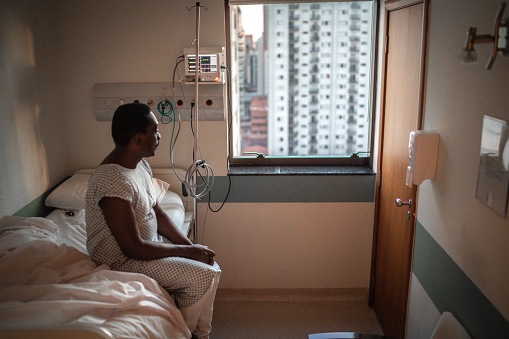
A new study shows a decline in both Black and White cancer patients following surgery, however, a gap between the two groups still exists. The study was published in JAMA Network Open.
“Black Americans are likely to be diagnosed with more advanced cancer than whites and, historically, have had higher mortality rates following cancer surgery,” says lead author Miranda Lam, MD, MBA, of Dana-Farber, Brigham and Women’s Hospital, Harvard T.H. Chan School of Public Health, and Harvard Medical School via a press release.
“Hospitals have put a variety of policies in place to improve surgical cancer care over the past 15 years. This study provided an opportunity to gauge the effects of those measures for patients in general and for Blacks and whites specifically.”
In this study, researchers used national Medicare data to examine the trends in mortality rates for 870,929 Black and White cancer patients in the years 2007-2016 who had undergone surgery for any of nine major types of cancer.
According to the results of the study, national mortality trends following cancer surgery improved for Black and white patients by 0.12% and 0.14% per year, respectively. However, the researchers observed the mortality rates for Blacks were higher to begin with than for whites, meaning the equal decline in rates for both groups meant the gap between them did not shrink, they noted.
News: Mortality rate after cancer surgery drops, but gap persists between Black and white patients – https://t.co/MHtlP4REvy
— 7thSpace Interactive (@7thSpaceCom) December 3, 2020
“The findings tell us that even though policies designed to improve cancer surgery outcomes are working better for all patients, none of them have been specific enough to close the gap in mortality between Blacks and whites,” said Dr. Lam. “It’s possible that part of the gap may be due to upstream and/or downstream issues from the surgery itself, such as late referrals which may lead to late presentation at time of surgery, fragmented follow-up after discharge, and limited resources in the community, and that different policies and interventions may be needed to address disparities in cancer surgery.”
Mortality rate after cancer surgery drops, but gap persists between Black and white patients https://t.co/a6axtfZlOZ
— Science Codex (@sciencecodex) December 4, 2020
Mortality rate after cancer surgery drops, but gap persists between Black and white patients(https://t.co/iPpELrcw6i)
Follow us : https://t.co/sJVO9UWIU6— General Surgery: Open Access (@science_aging) December 4, 2020







 © 2025 Mashup Media, LLC, a Formedics Property. All Rights Reserved.
© 2025 Mashup Media, LLC, a Formedics Property. All Rights Reserved.